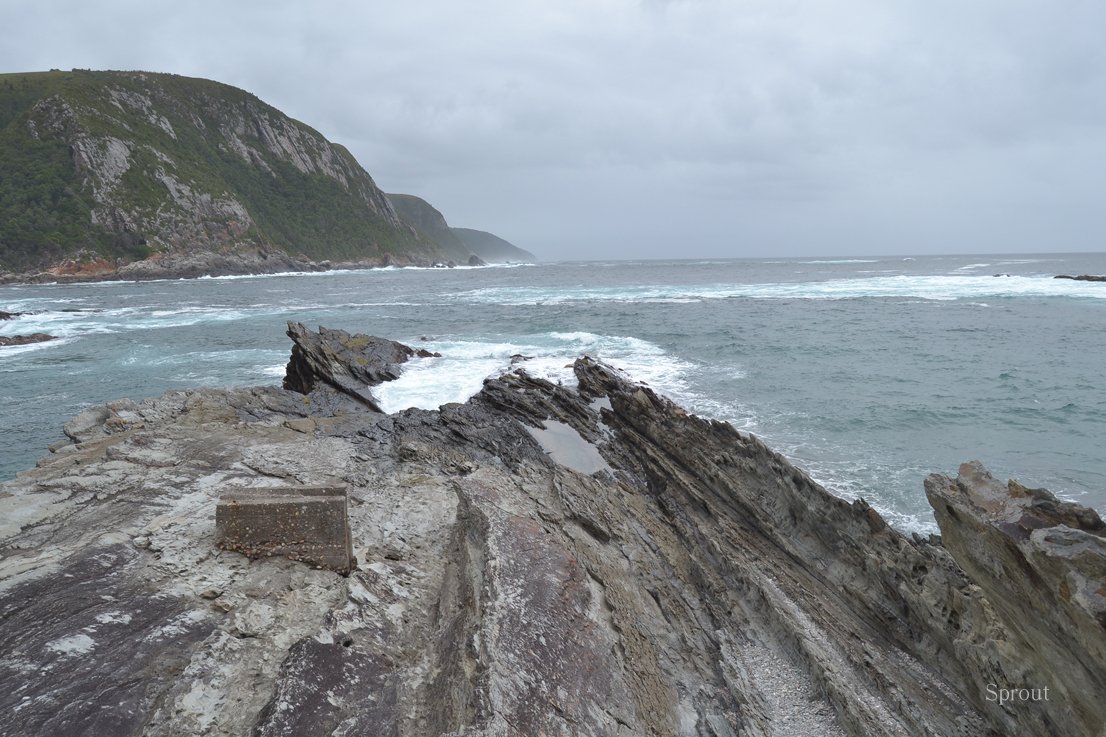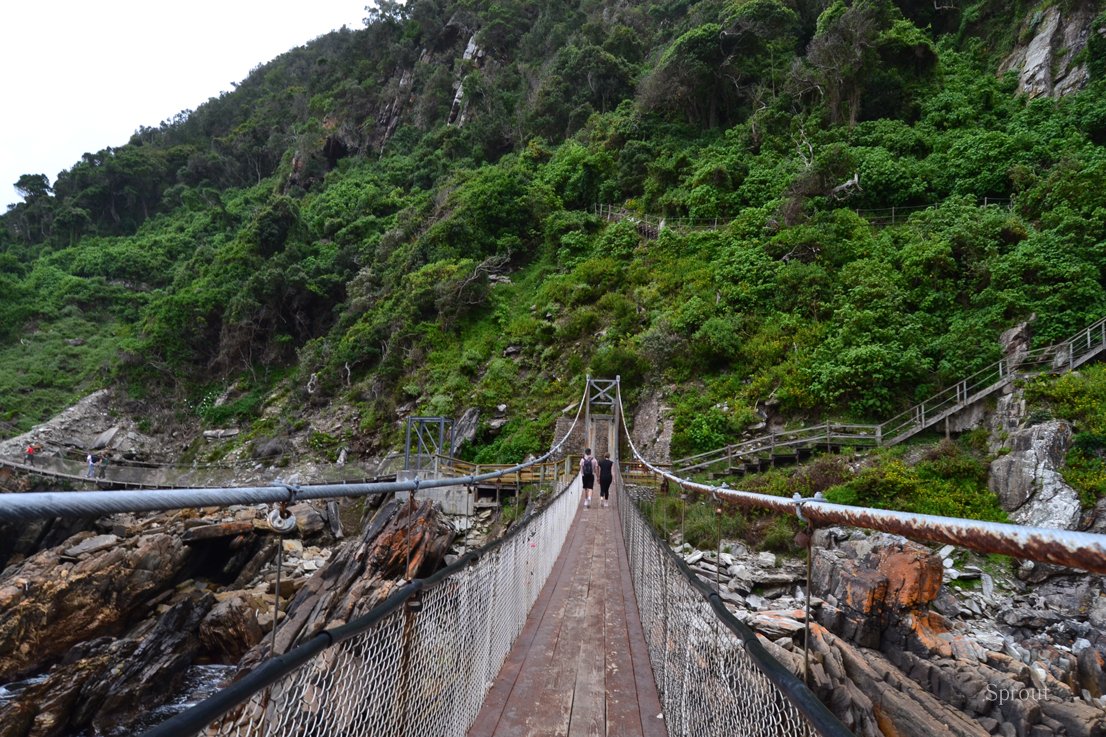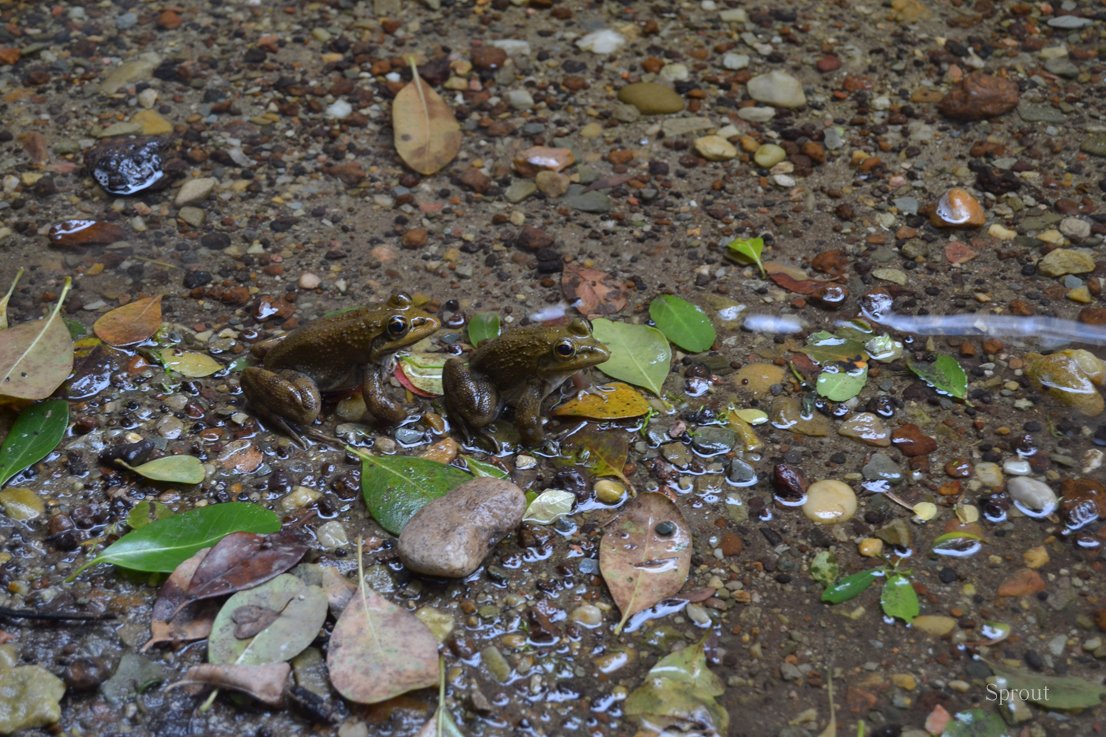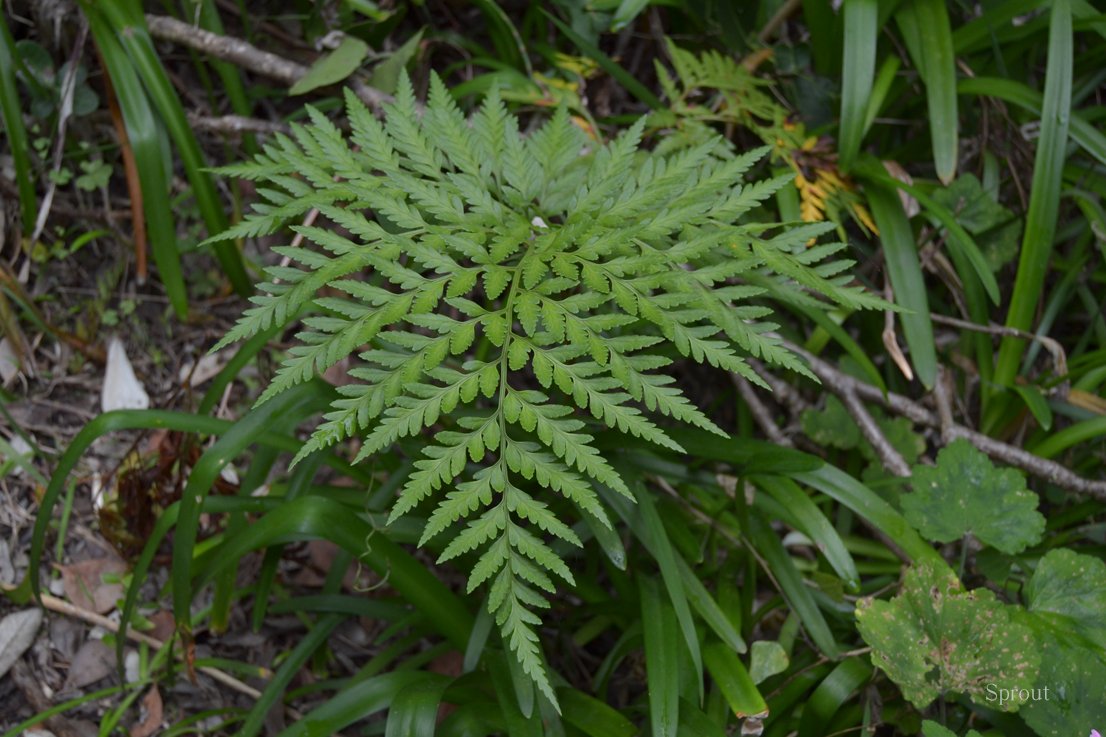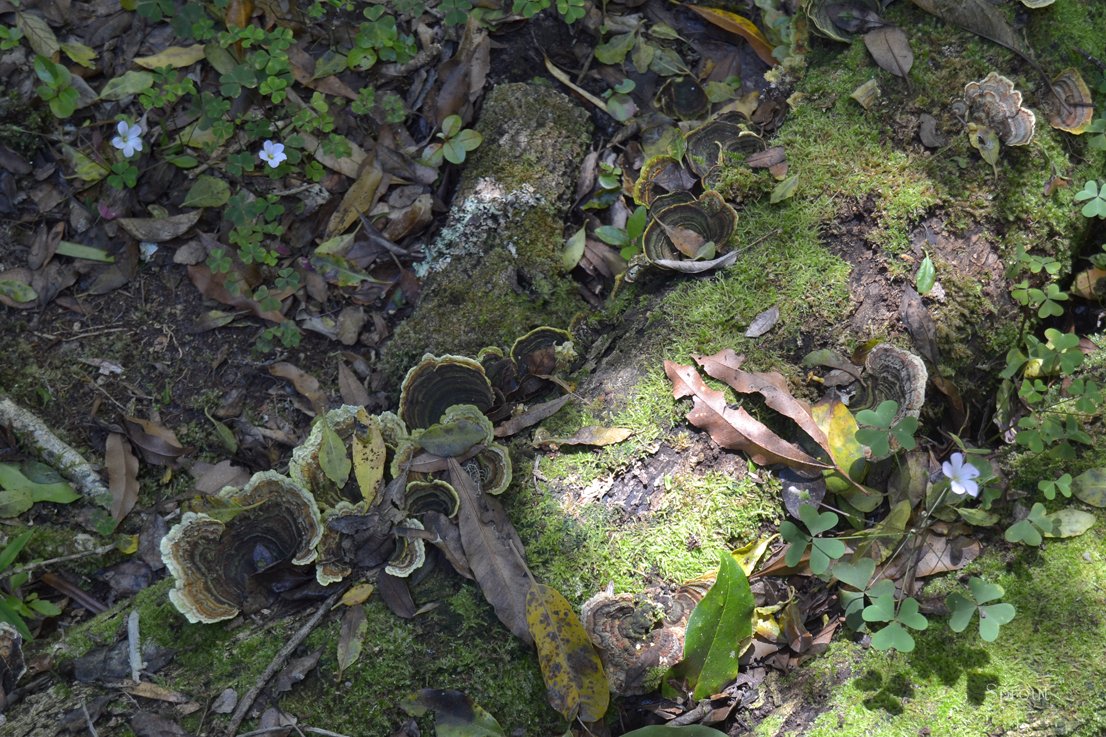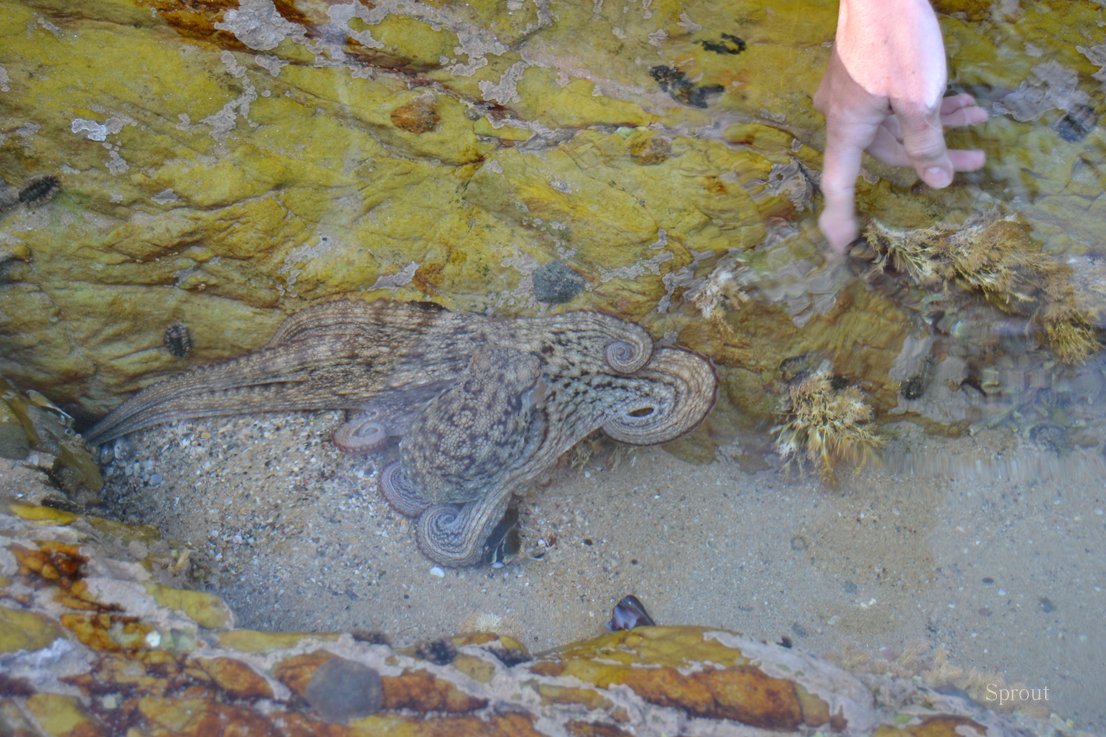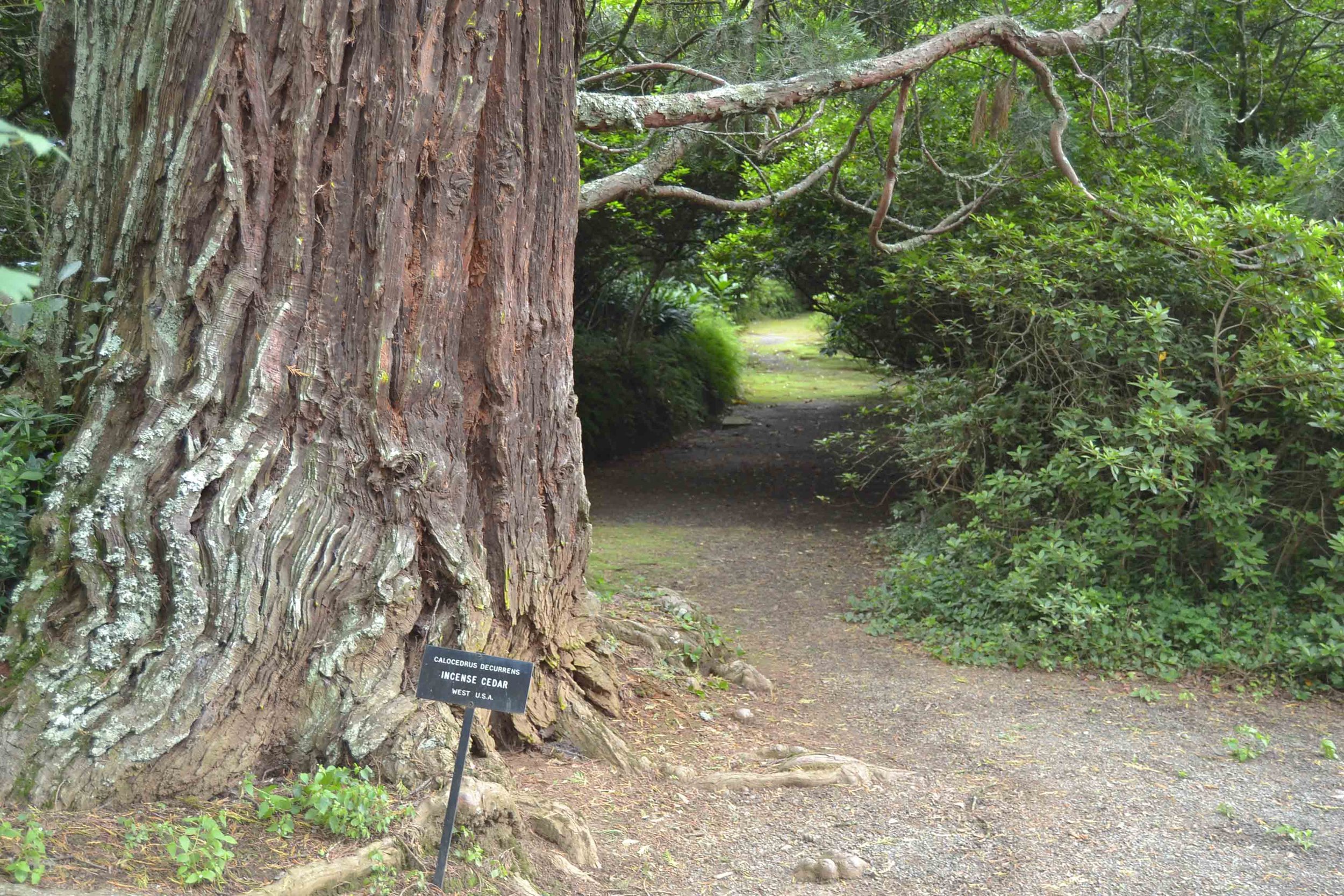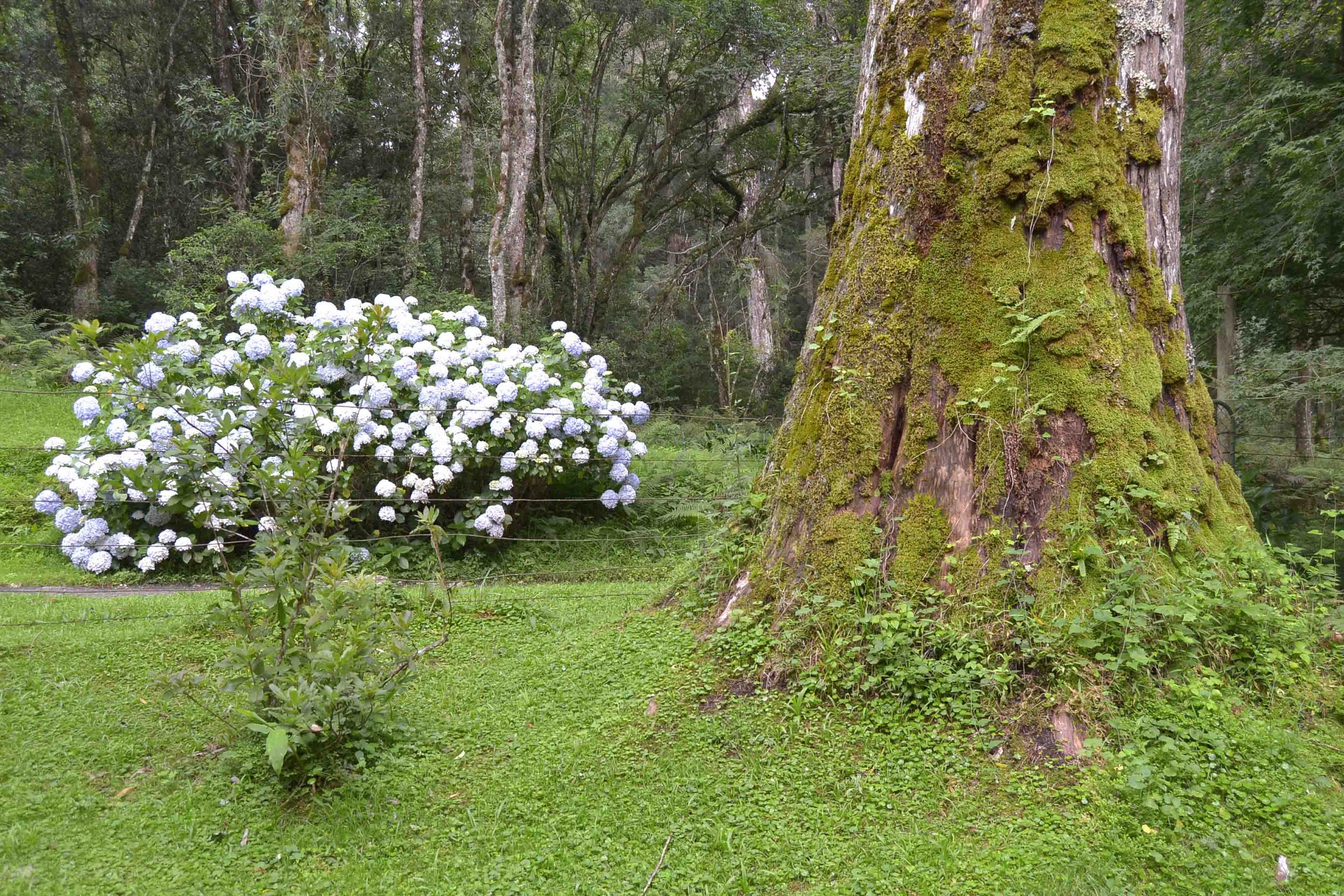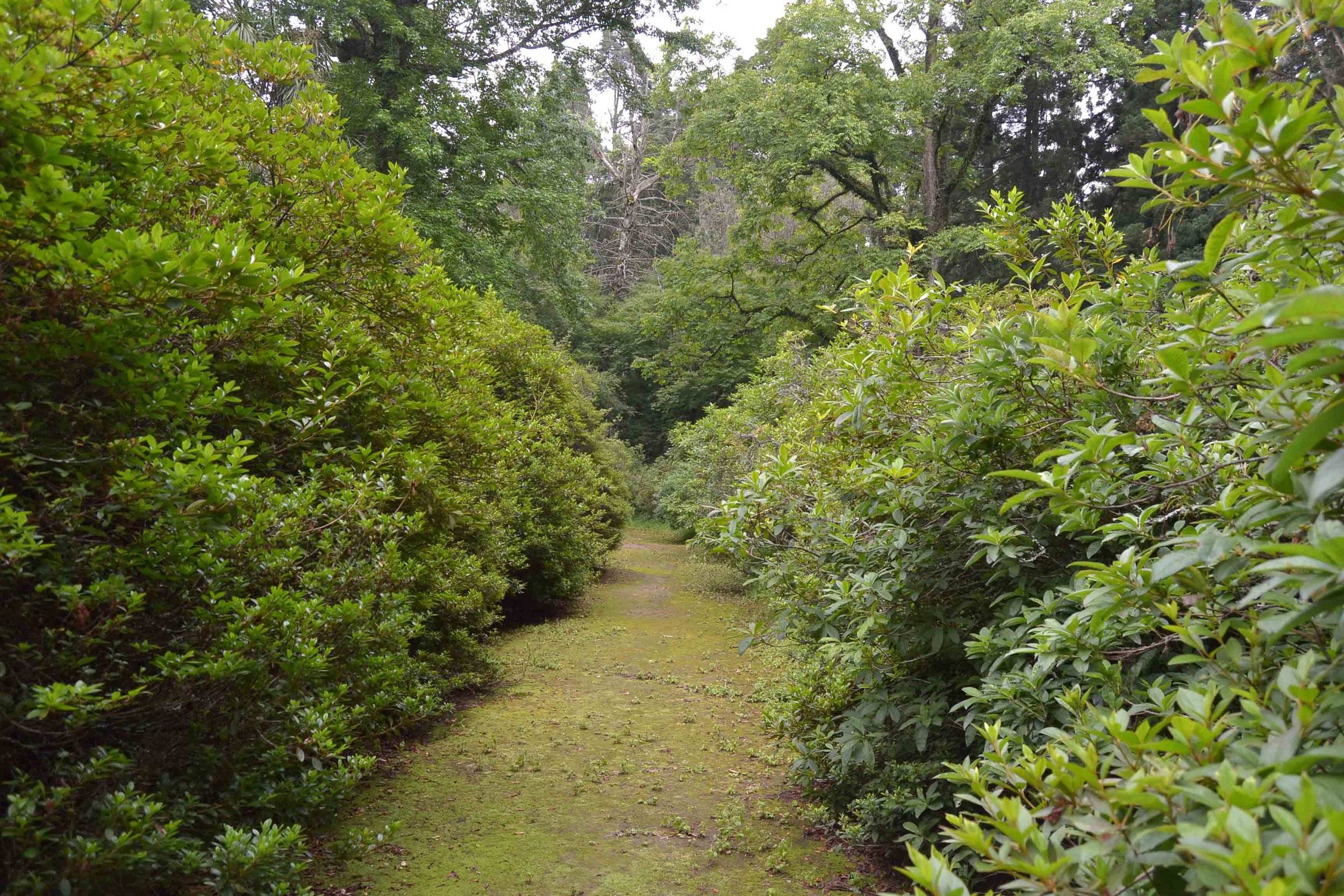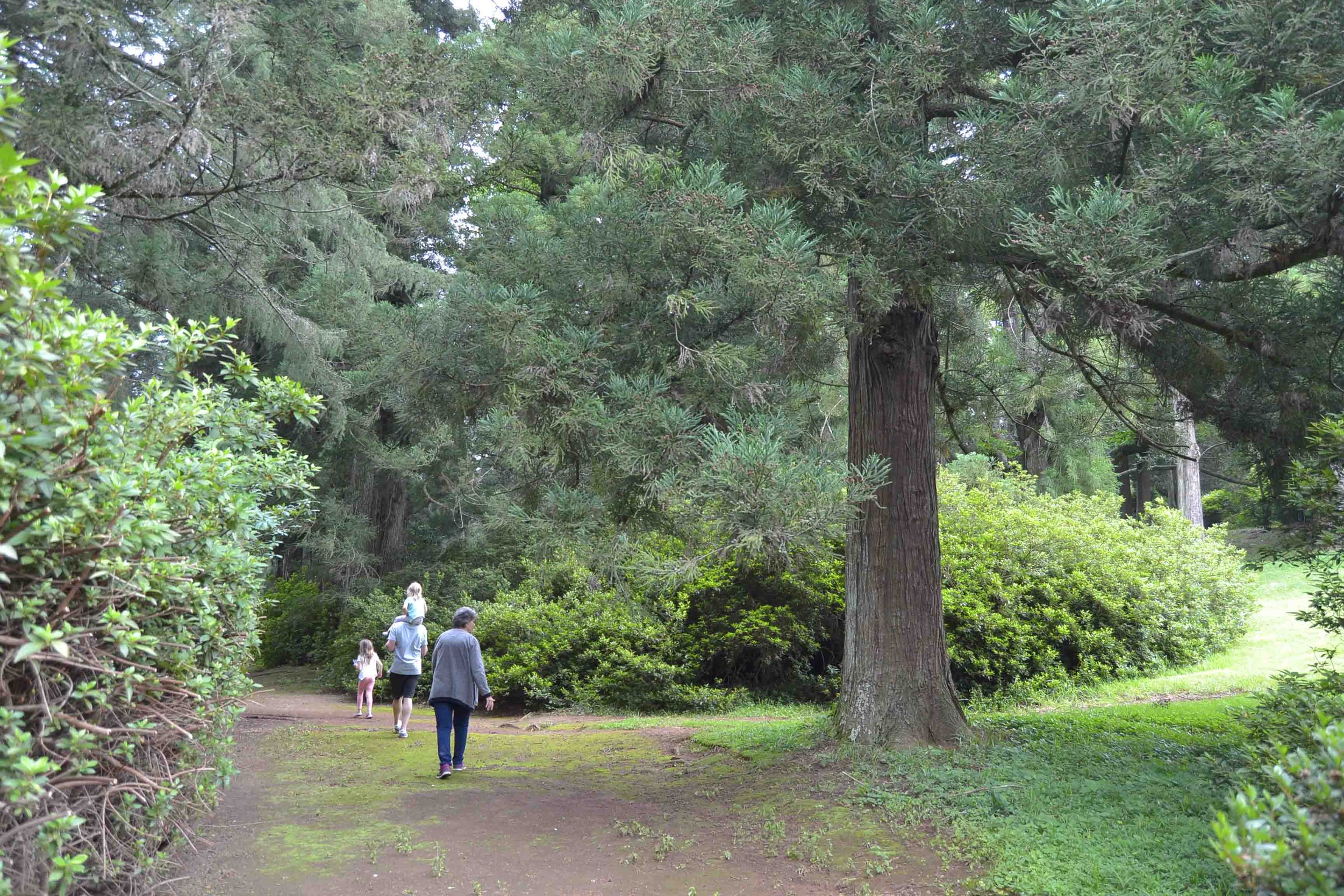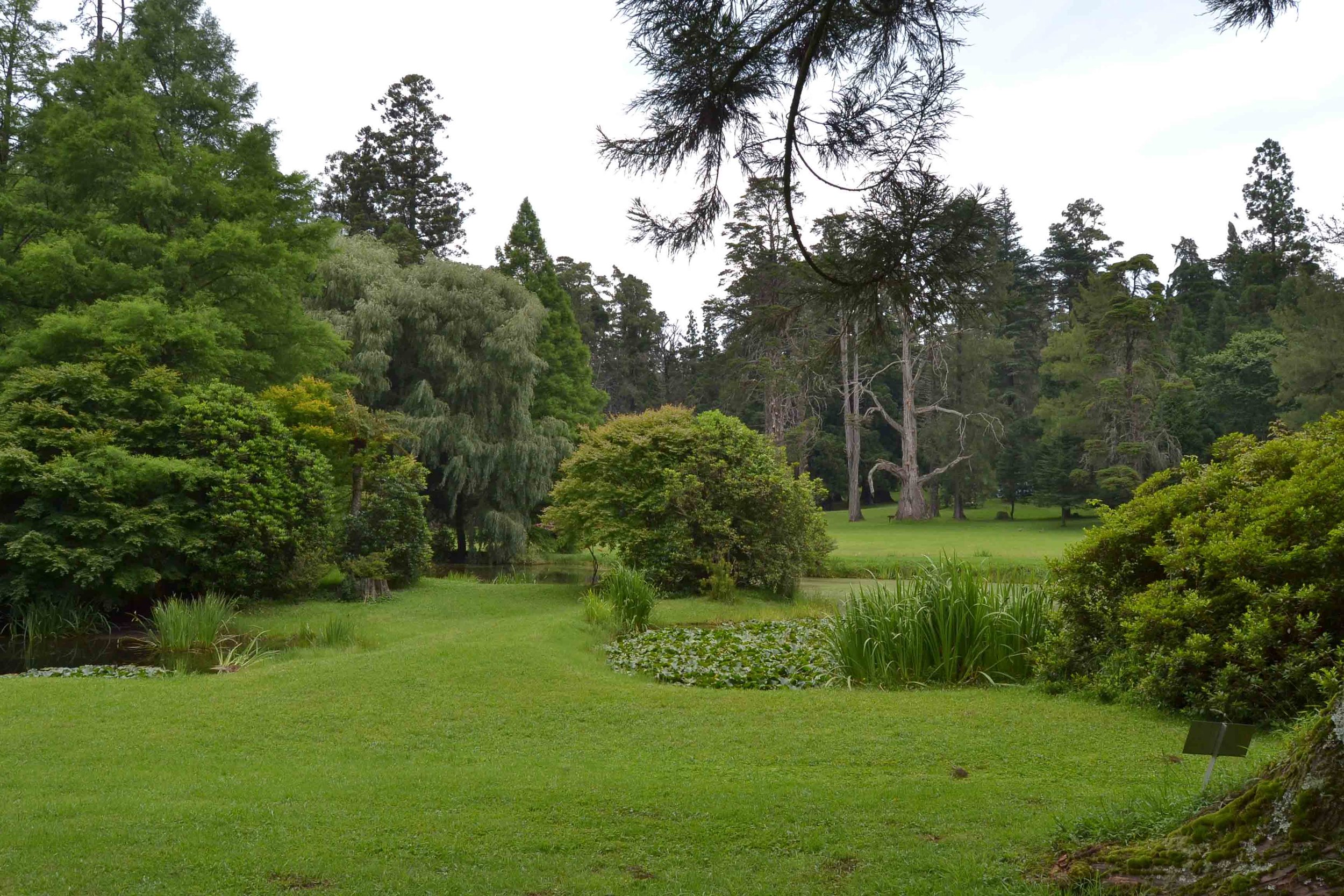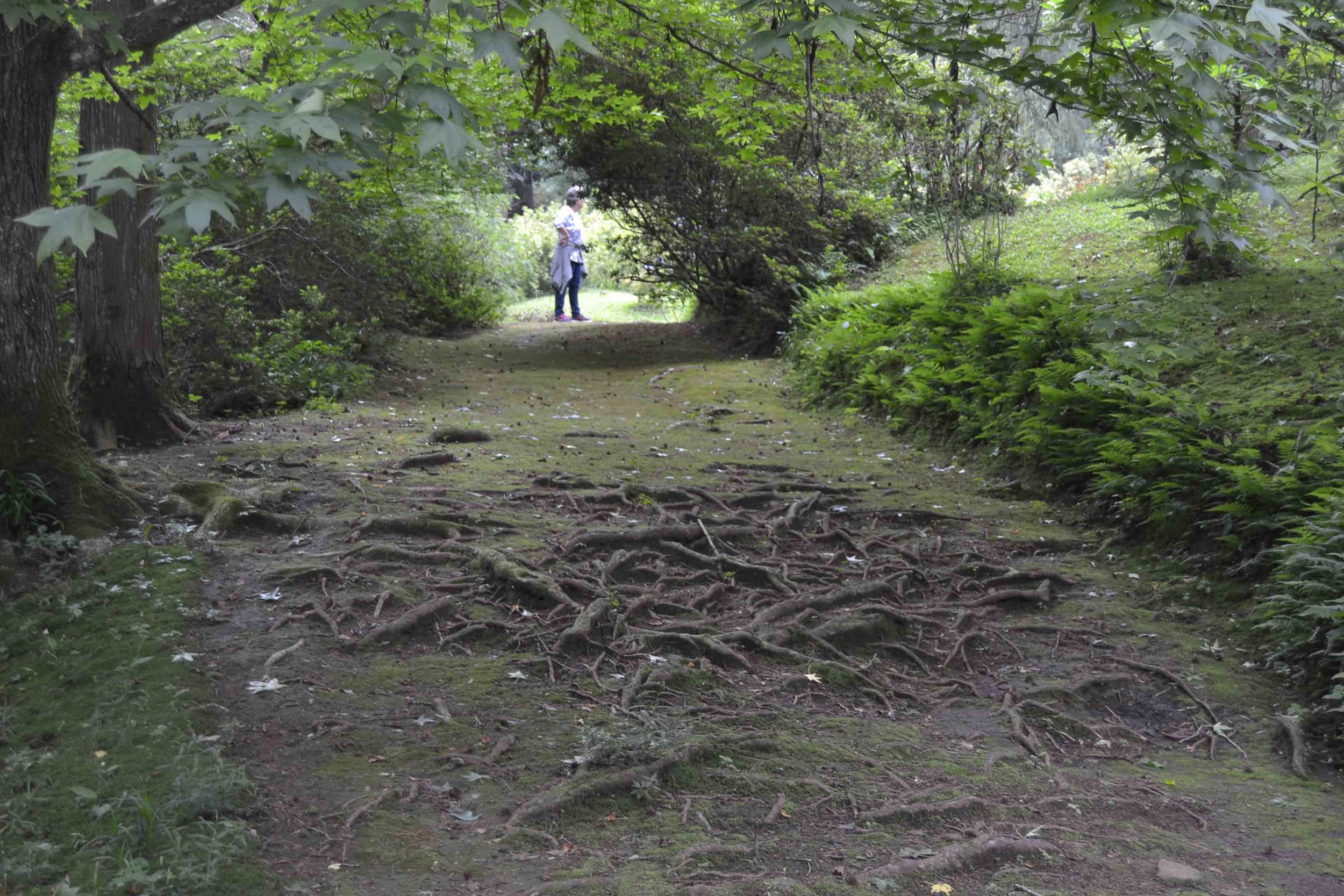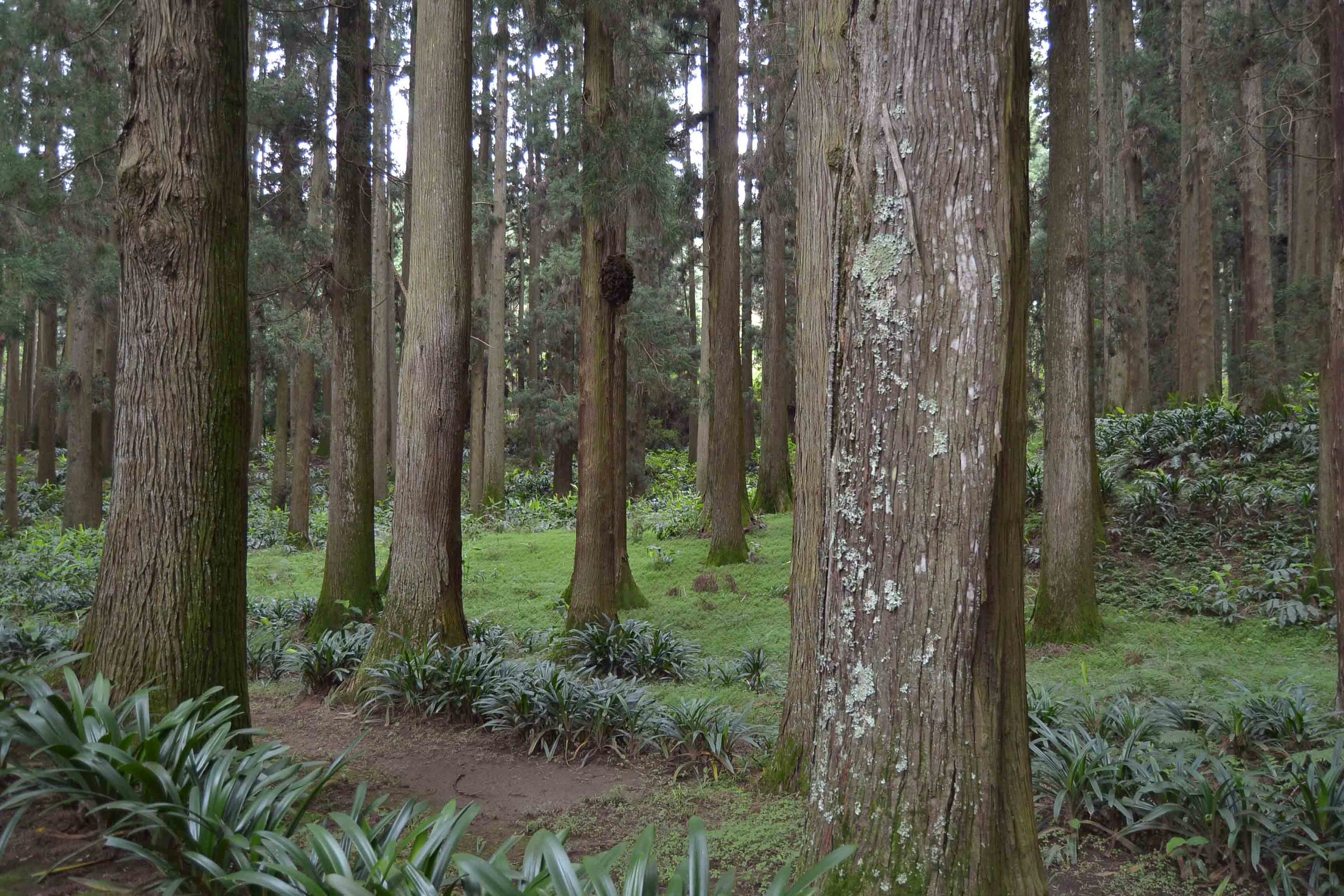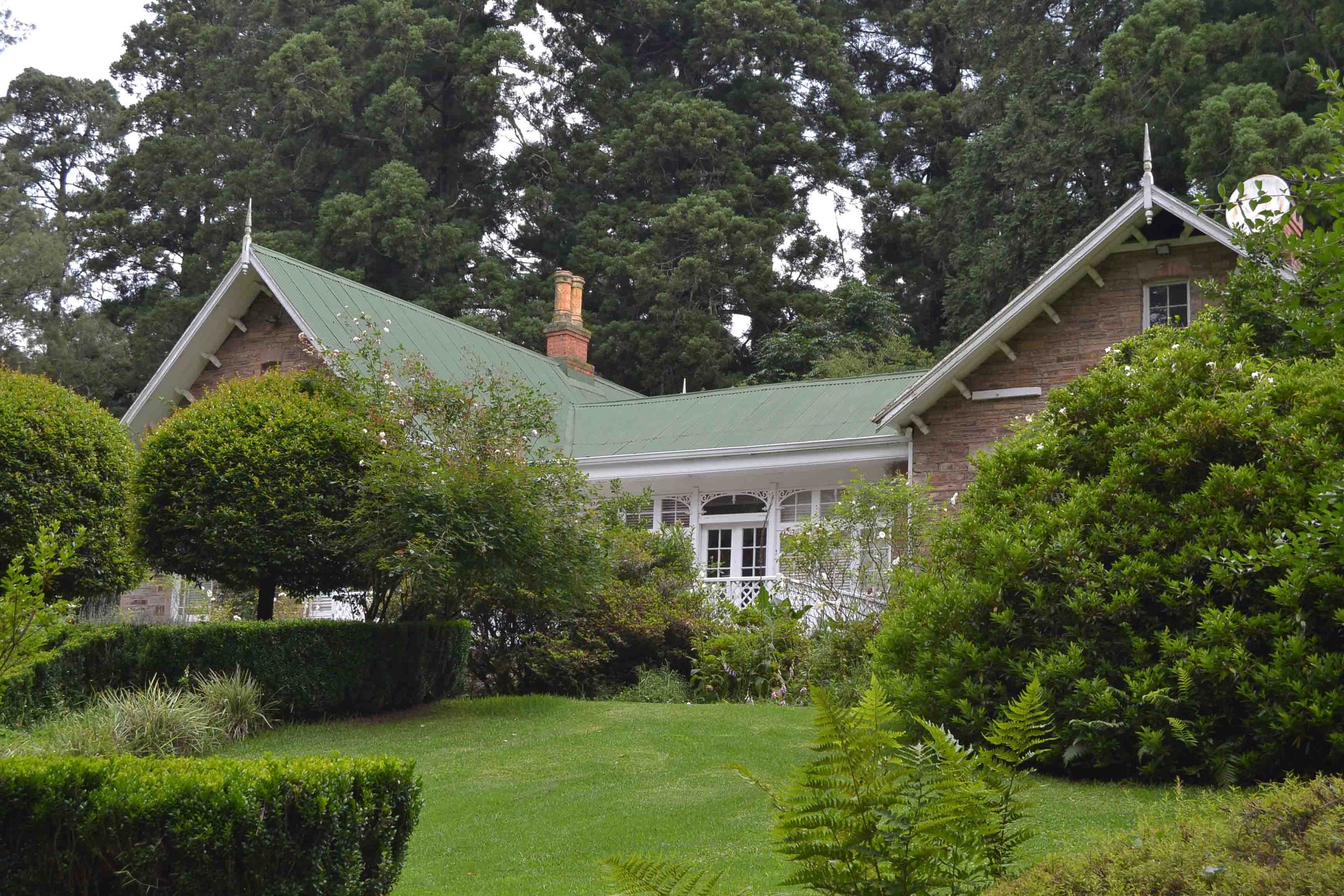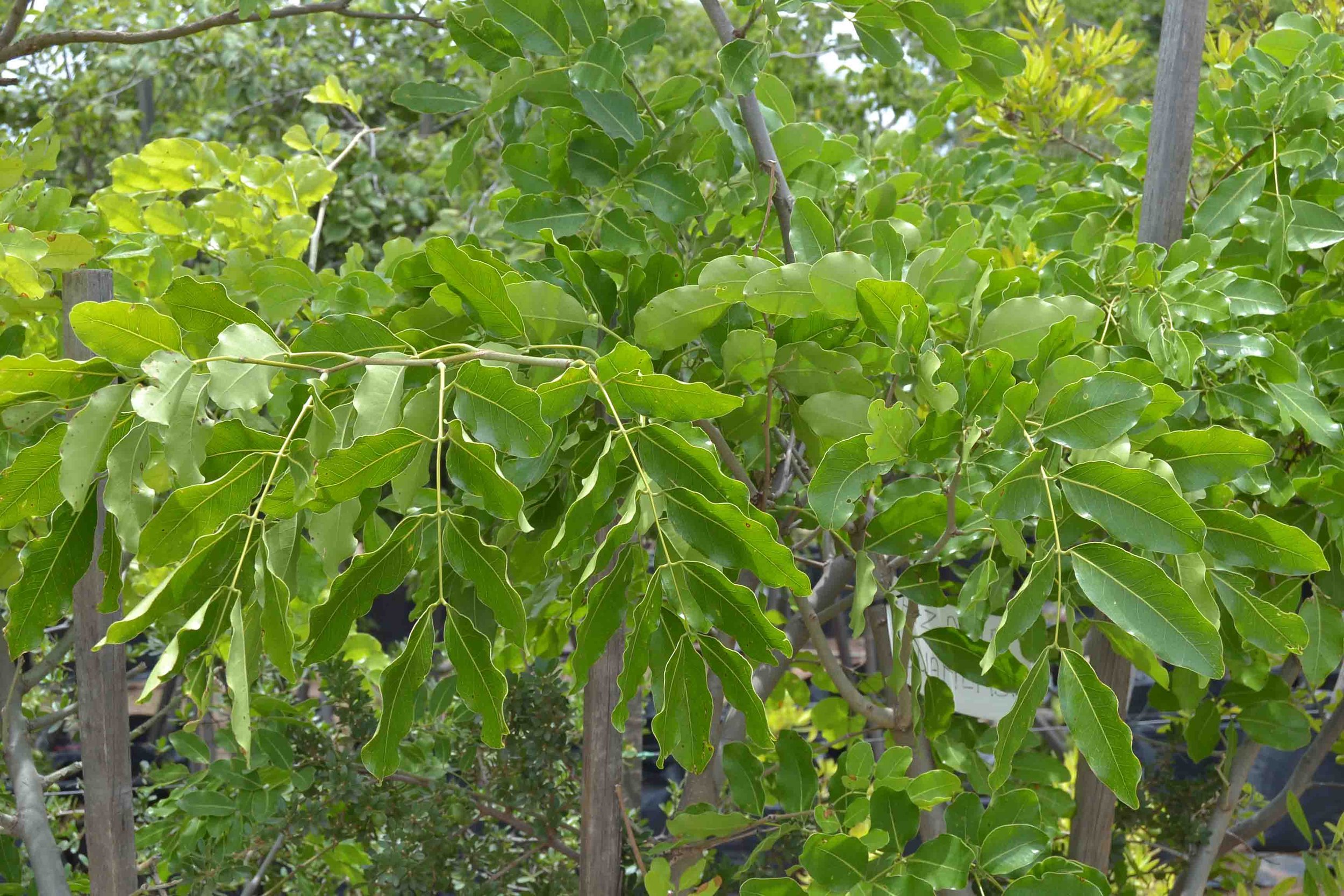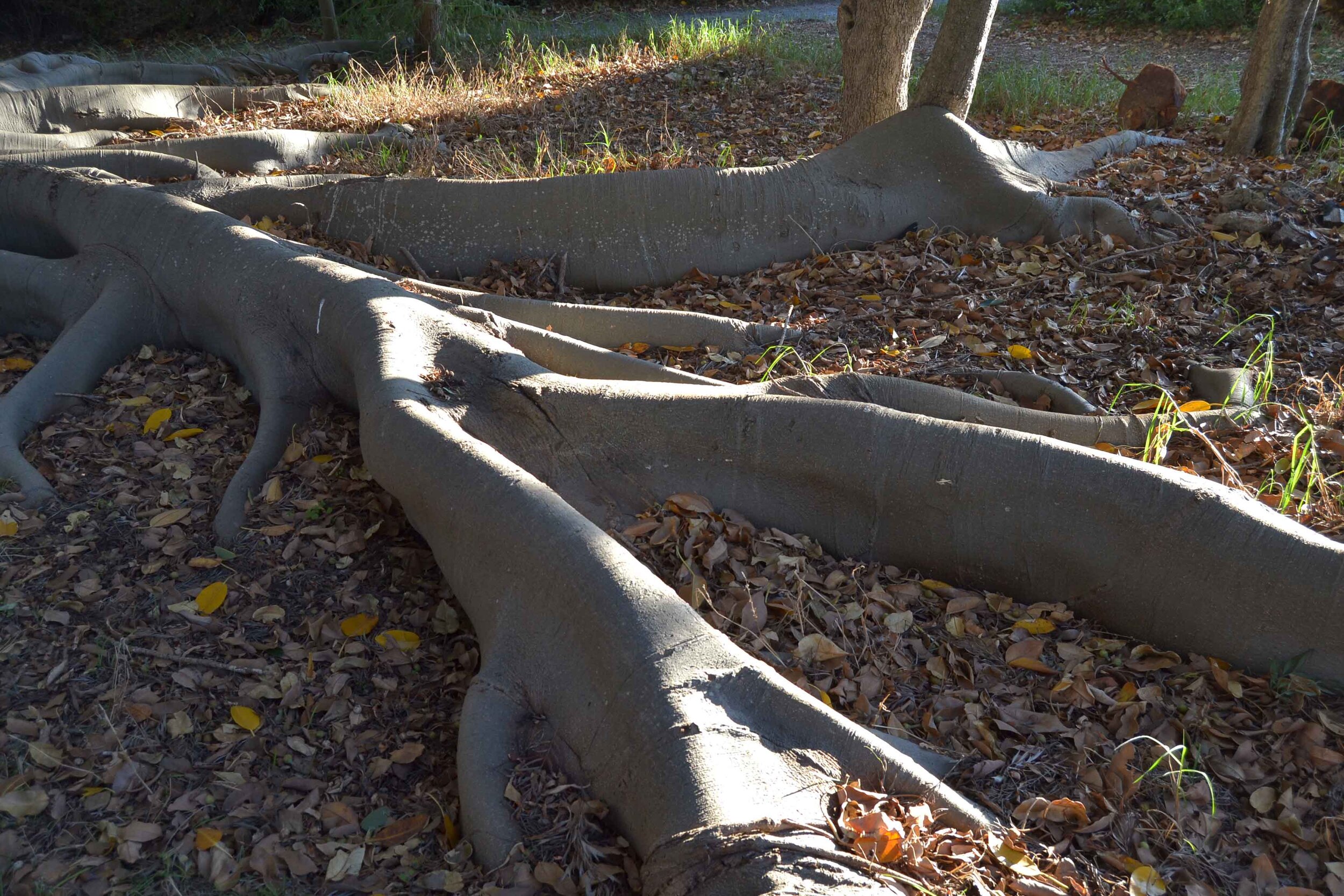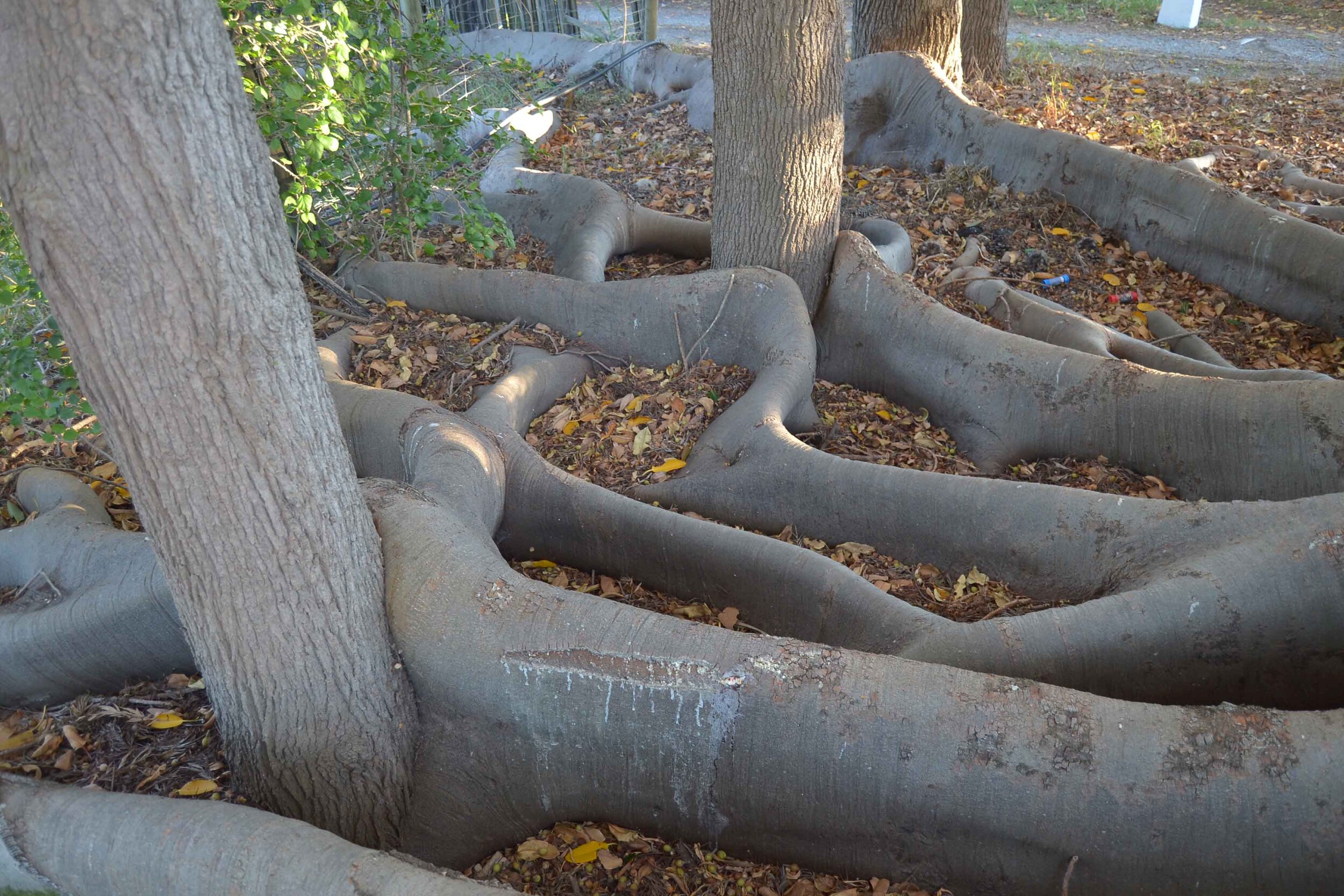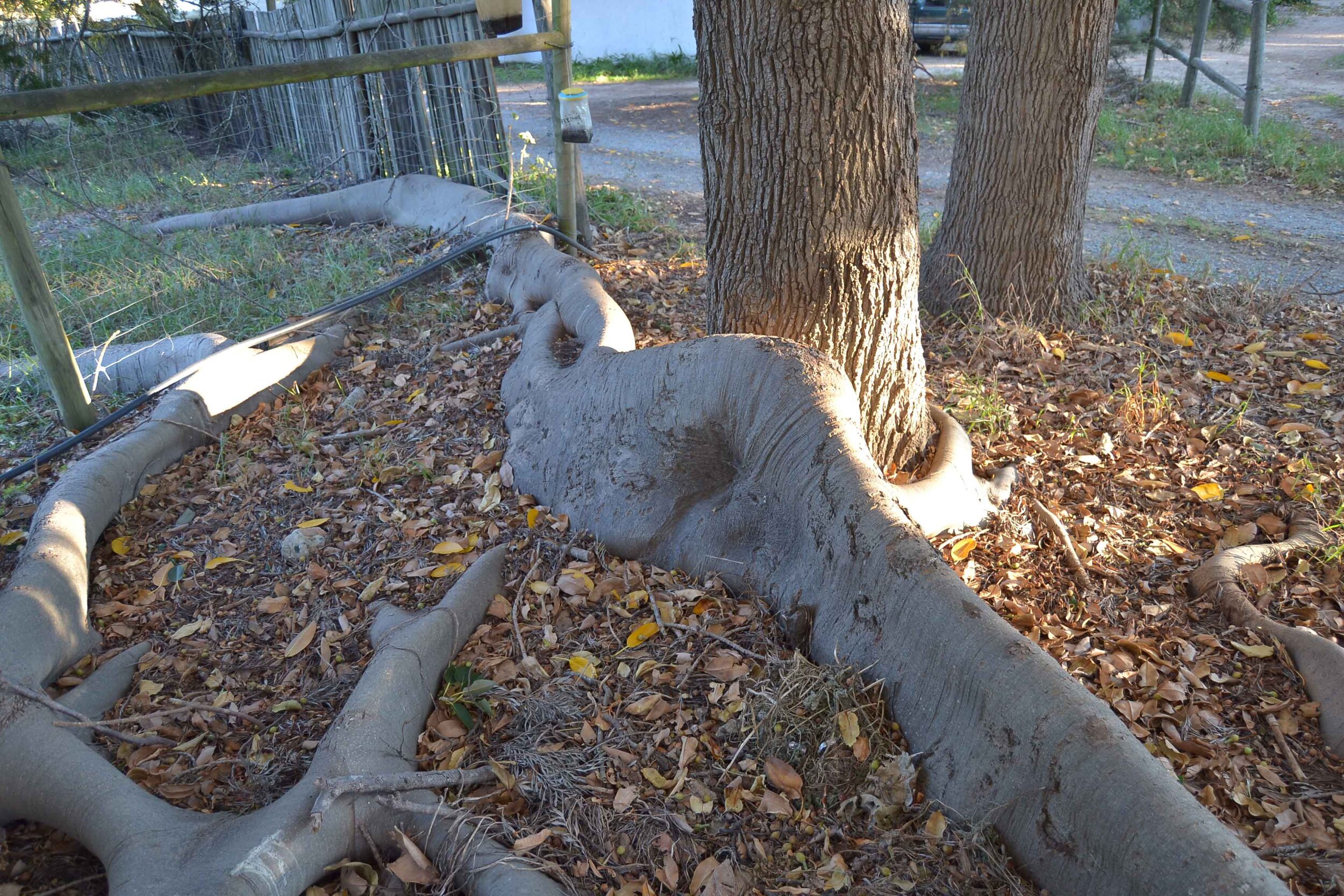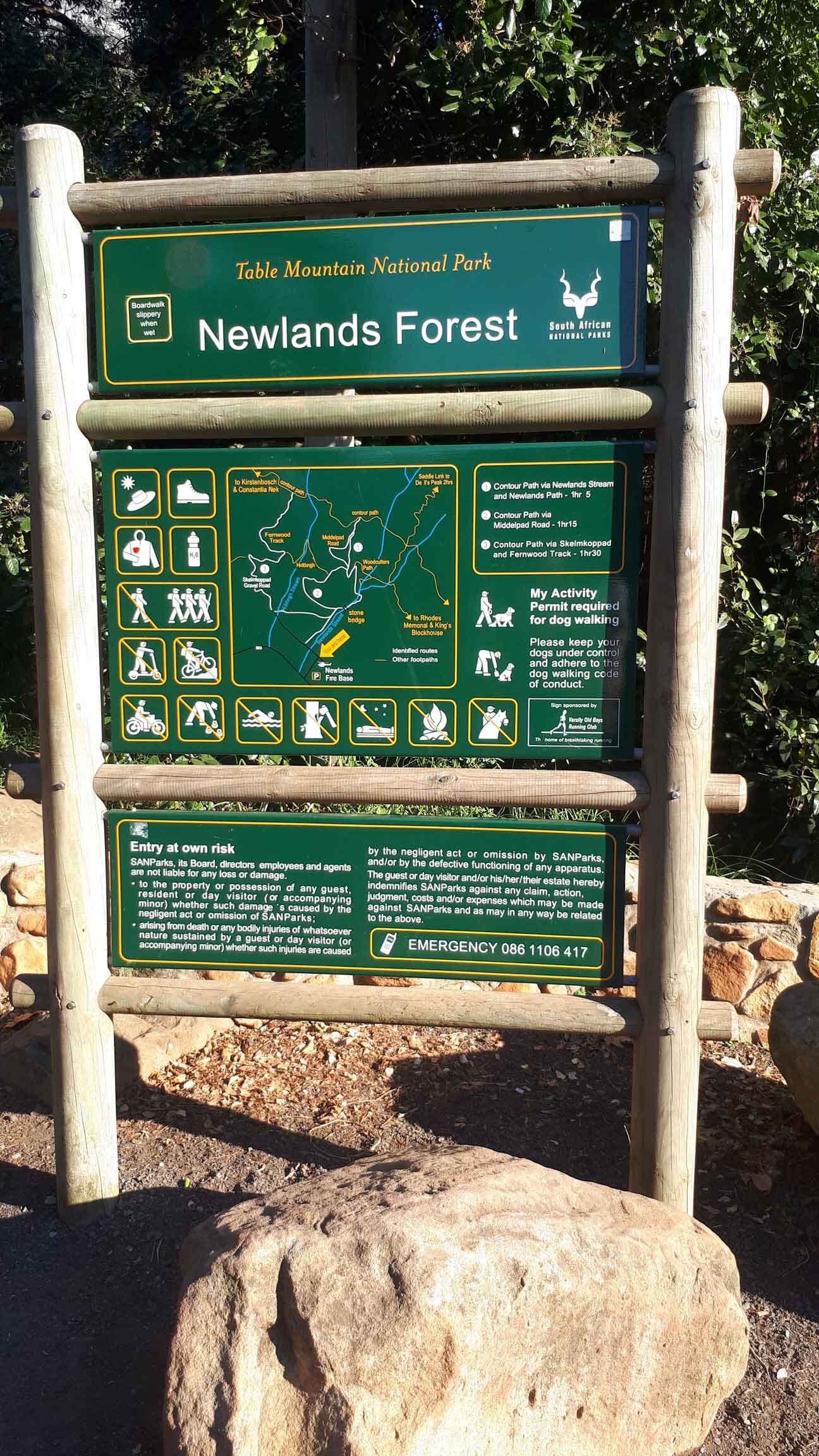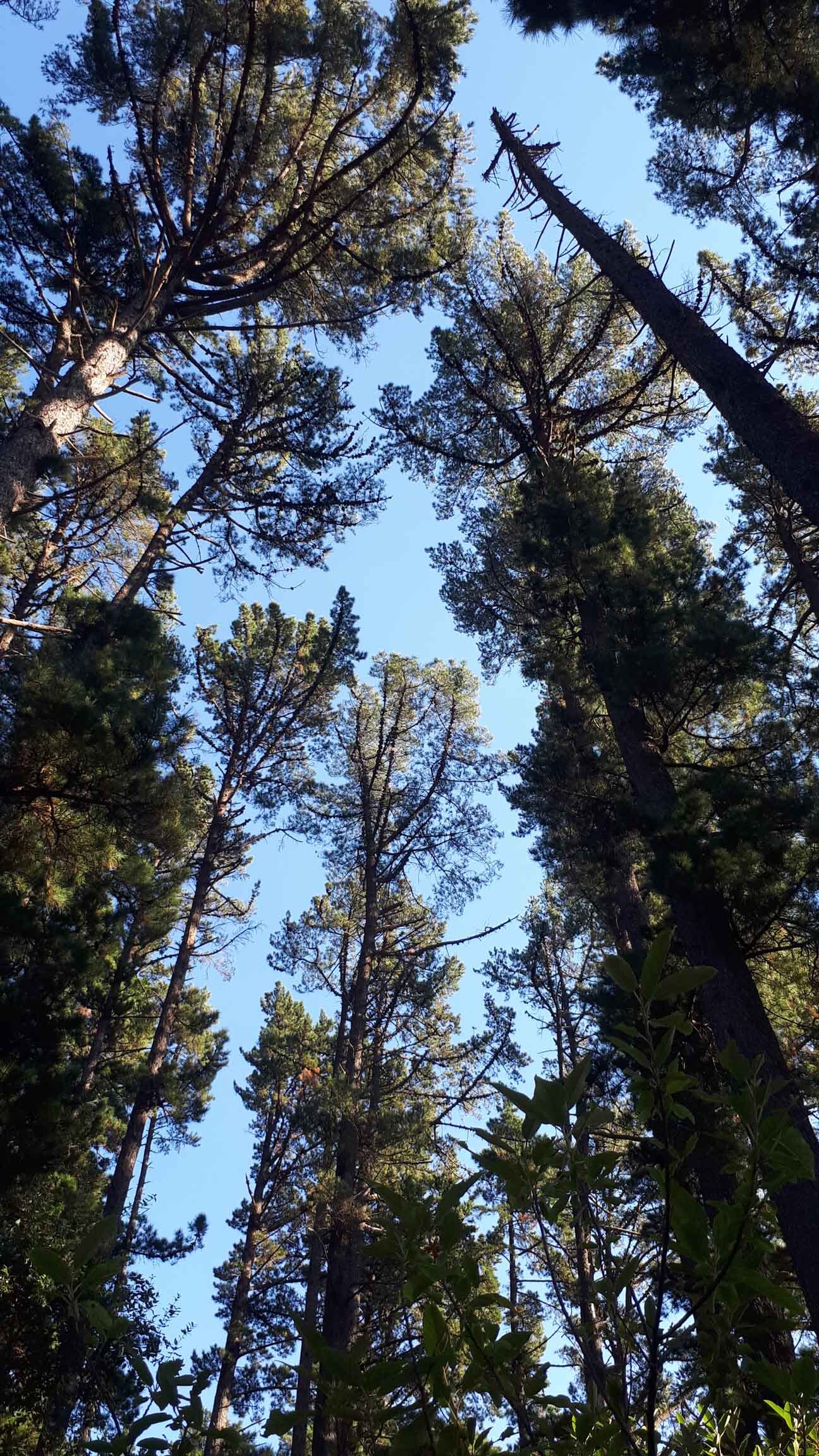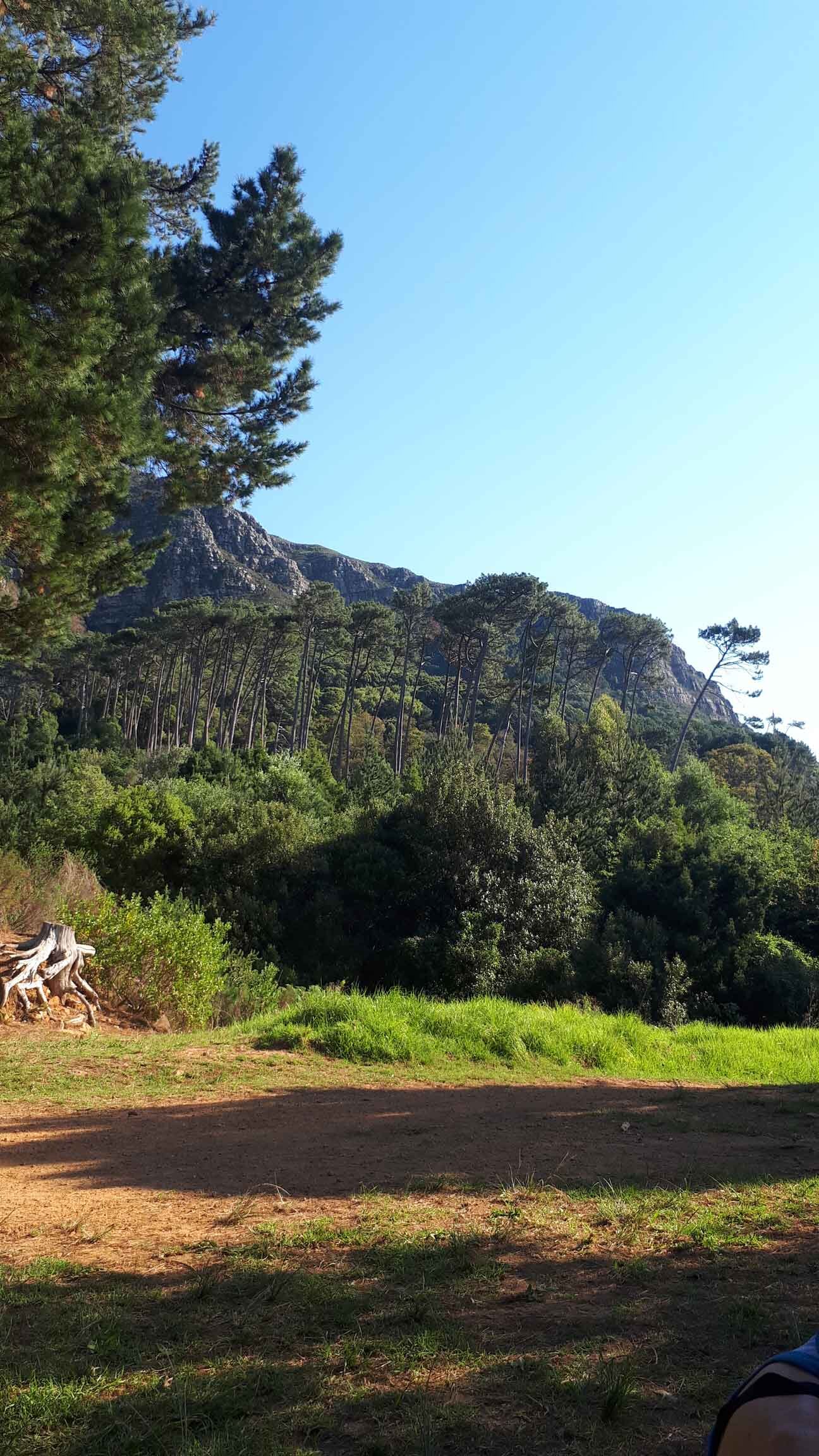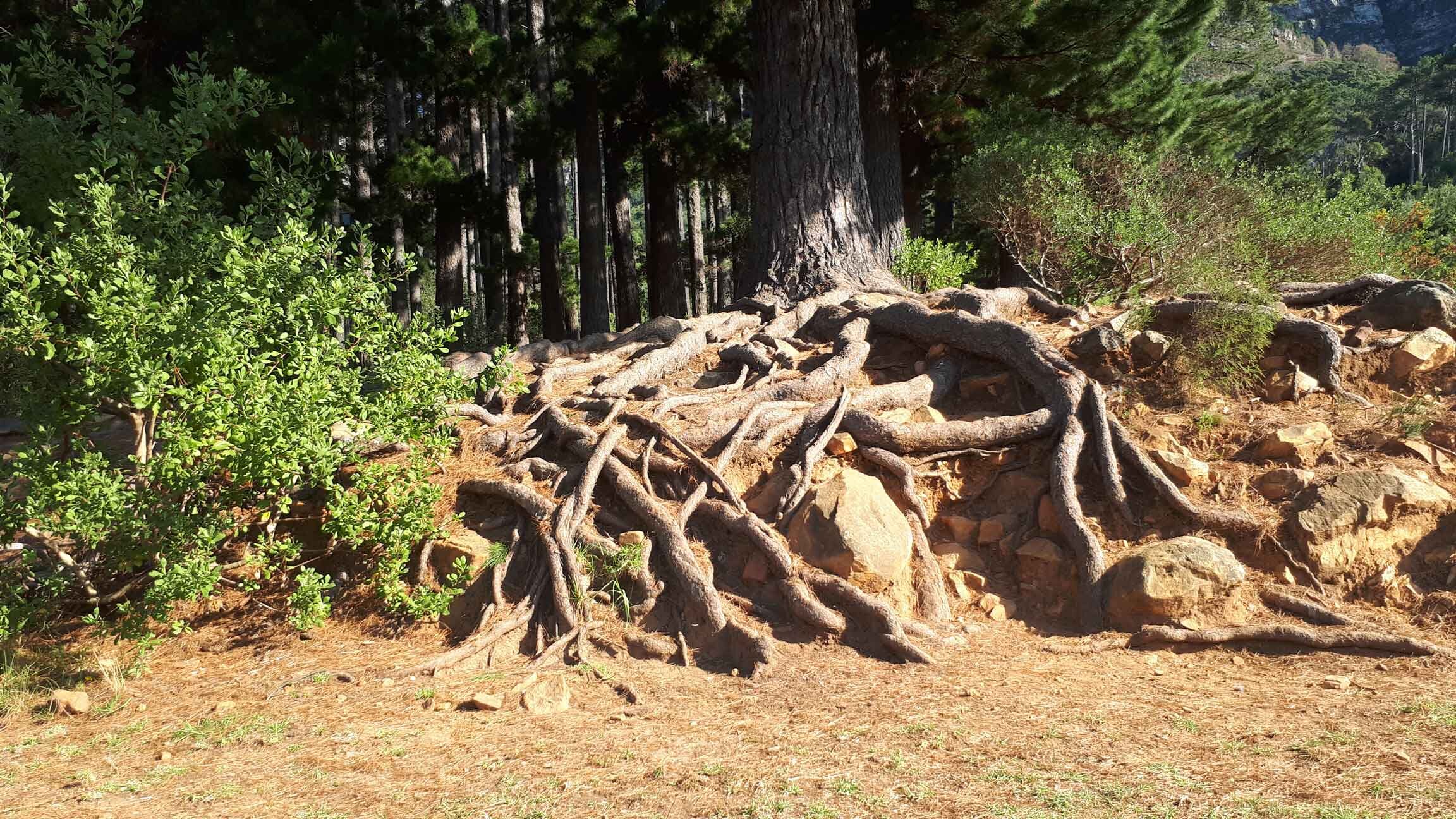I have been wanting to return to the Garden Route National Park to share this beautiful part of the world with my kids for a few years now. Although they are still too young to do the Otter Trail I knew they would love the scenery and surroundings. It is really a nature lover’s paradise.
Dramatic scenery at Storm’s River Mouth
We spent a wonderful long weekend there with family and enjoyed the lilo adventure up the gorge. I didn’t want to risk my camera falling in the water so unfortunately I don’t have any pics of that experience!
Suspension bridge
We enjoyed the hike to suspension bridge as well as the short Lourie Trail inside the Storms River Mouth Restcamp. Some of the more energetic also did the Waterfal hike which is the first part of the Otter Trail. See further trail information on the SANParks website .
One of the highlights of the trip was finding and interacting with a beautiful Octopus as well as several starfish in one of the rock pools. We enjoyed watching whales, birdwatching and even spotted an otter.
The beautiful forests are an experience in themselves and I loved seeing the natural beauty and vegetation. Because the reserve is in a protected area you don’t see any ships on the ocean and the natural environment is pristine.
Inquisitive Octopus
We visited the Big Tree just off the N2 highway where a lovely forest walk leads you to the impressive tree. The Outeniqua Yellowwood boasts an age of over 1000 years, height of 36 metres, main trunk length of 18.3 metres, crown spread of 33 metres and average circumference of 8.5 metres.
We had an amazing visit to the beautiful part of South Africa and look forward to visiting again whenever we get another chance!



